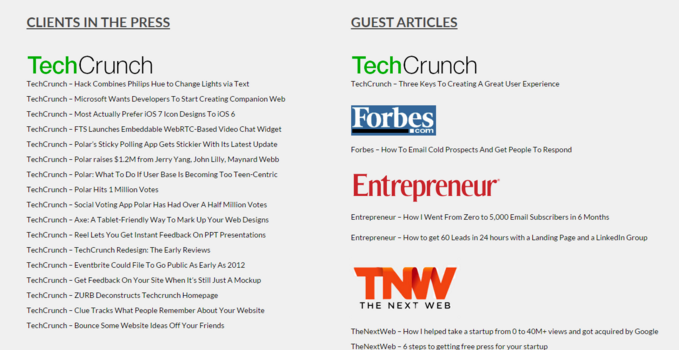
I’ll let you on to a little secret:
The number one reason that I quickly grew my blog’s email list to 7500 subscribers and my blog’s revenue to $100,000 is due to my strange approach to marketing.
In fact, this same approach took my blog’s traffic from this:
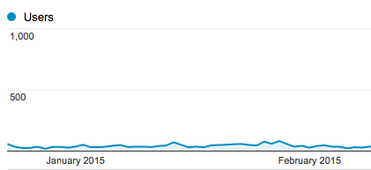
to this:

(In a month)
When I ask many of my coaching clients: “Why did you spend $5k in Facebook ads?” or “What motivated you to hire a full-time writer for your blog?”, they usually shrug their shoulders and say something along the lines of: “We read that this was the best way to get more traffic.”
And when I ask them to send me where they read this advice, I usually get a link to a blog post full of hunches, half-truths and myths. In my experience, the number one source of BS marketing advice comes from SEO blogs.
What does this have to do with my strange approach to marketing?
My approach is different because it’s based 100% on data. In fact, one of the first things that my friend Noah Kagan taught me was to find out what works and focus on that (or in his words, “double down on what works”).
And you can apply this data-driven approach to any element of your marketing.
- PPC
- PR
- Blogging
- And yes, even SEO.
Today I’m going to show you five super-actionable SEO tactics that you can use to get more traffic from Google. Unlike many other “5 SEO tips”-style posts, the advice I’ll present to you is based 100 percent on real-world data.
Let’s do this!
Tactic 1: Publish only long-form content
Yes, there’s a place for 100-word Seth Godin blog posts:
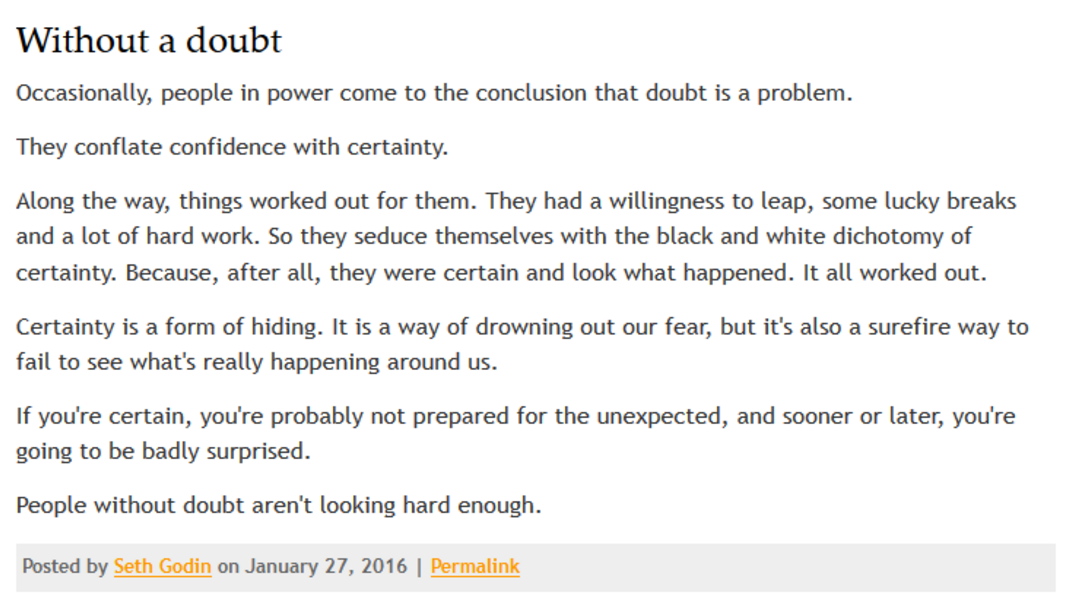
(Yes, that’s an entire blog post)
But when it comes to SEO, it’s not even close: long-form content absolutely CRUSHES short blog posts.
How do I know?
Let’s take a look at the data:
For that, we have a recent study by Brian Dean at Backlinko. He recently analyzed one million Google results to see which ranking factors are important for first page rankings today.
And he found something that flies in the face of the so-called “marketing experts” that recommend super-short content.
Brian discovered that long-form content significantly outperformed short blog posts:
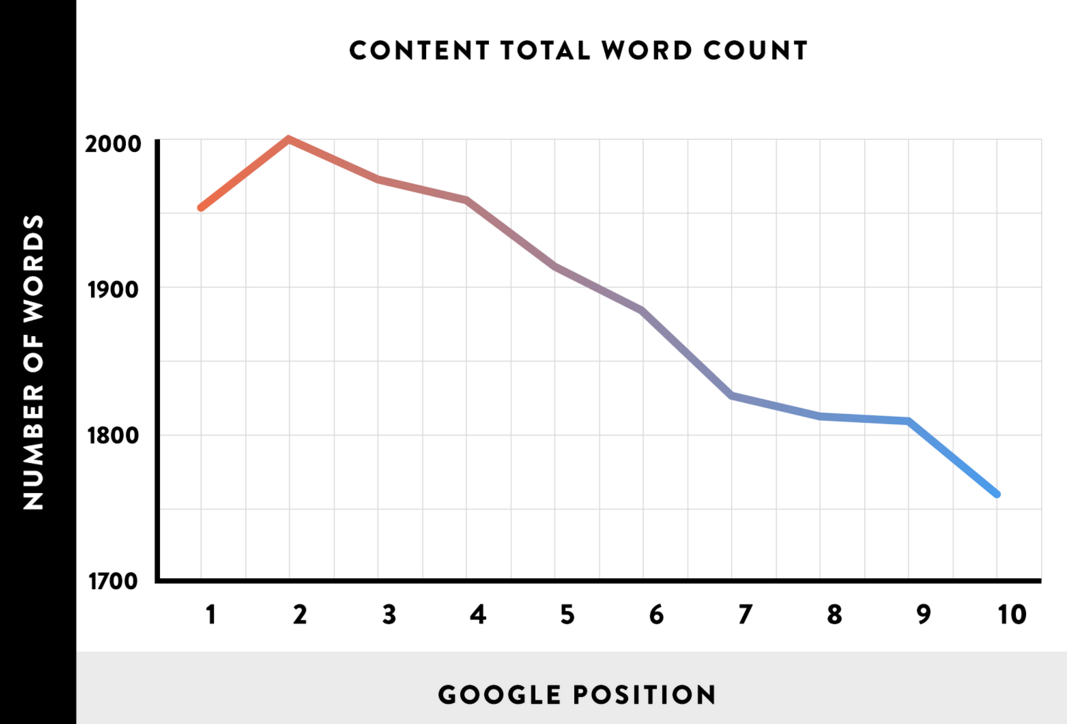
Take that Seth! Just kidding. Call me
An interesting tidbit of info Brian found was that the average Google first page article contained nearly 2,000 words.
Fortunately, this is something I learned long ago. It didn’t take me long to notice that my longer posts tend to perform significantly better in terms of social shares, backlinks and Google rankings. For example, last year I published a big ol’ list of Growth Hacking tools.
At 6000+ words, it’s an absolute beast of a post. In fact, it’s significantly longer than any other growth hacking tools post out there.
Because the content is so meaty (and the fact that I promoted it), the post ranks in the top three in Google for my two target keywords.
It ranks for “growth hacking tool”:
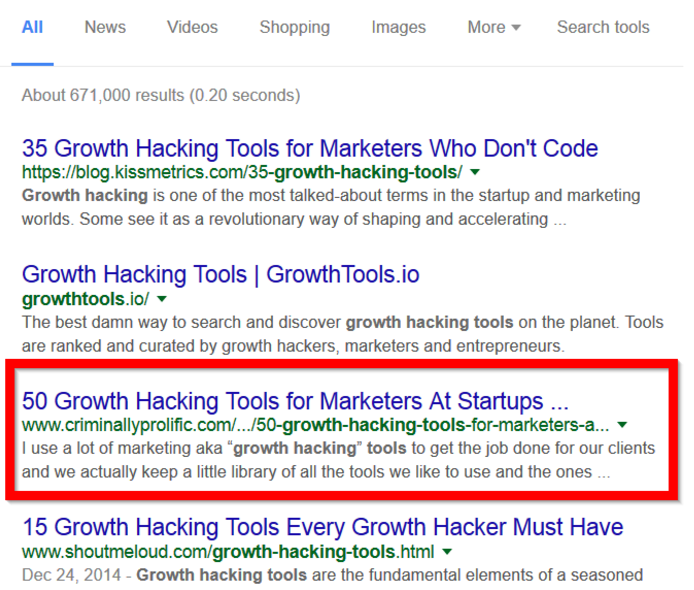
And “growth hacking tools”:
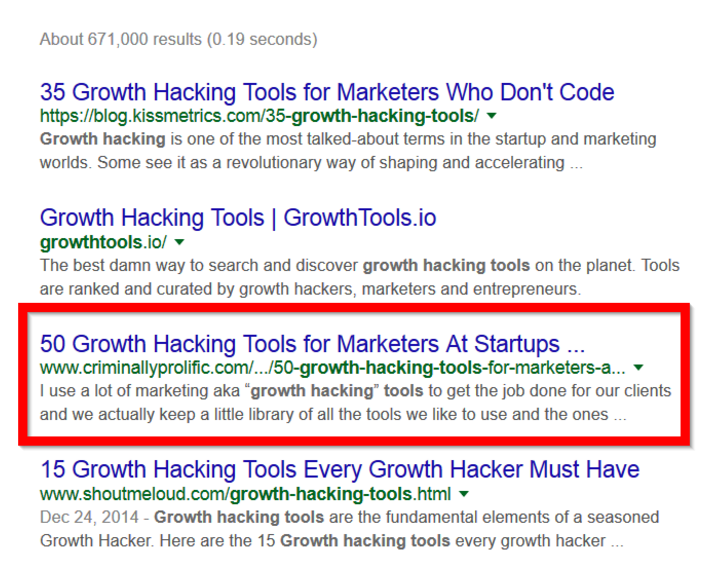
Clearly, even with a 2,000+ word post, your content has to bring it. But if you can combine long-form content with actionable tips, you have a 1-2 punch that Google and readers love.
Tactic 2: Focus your content on one topic
There’s a running debate in the SEO world:
Should you write for search engines or humans?
My take: Why not do both?
Considering that Google can now understand topics better than ever (thanks to Semantic Search/Google Hummingbird), users and Google want to see the same thing.
What is that thing Google and peeps love, you ask? Hyper-focused content.
Let’s first take a look at the SEO side of things. For that, we’ll again turn to Brian’s recent study.
In addition to the slew of traditional ranking factors (which we will get to later), Brian also looked at how thorough a piece of content happened to be. He hypothesized that content that dug deep would outperform content that covered the surface level of several different topics.
To accomplish this, Brian used a piece of SEO software called MarketMuse. This program crawls your content to see if you cover a given topic in-depth.
How do they know if you’ve been thorough?
They scan your article for words and phrases that tend to appear when that topic is written about on the web.
For example, let’s say you just wrote a blog post on the topic of “traveling in Spain”.
If you cover this topic in-depth you can expect to use words and phrases like:
- Flights
- Madrid
- Barcelona
- Spanish
- Tapas
- Food
- Alhambra
- Hola
- Beaches
On the other hand, if you didn’t use these words and phrases, it’s unlikely you covered this topic very thoroughly.
If MarketMuse sees these words and phrases appear in your article, you get good score. If not, your score suffers (and they provide suggestions about which words and phrases you should include in your content).
When Brian analyzed the top 10 in Google he found a strong correlation between topic score and Google rankings.
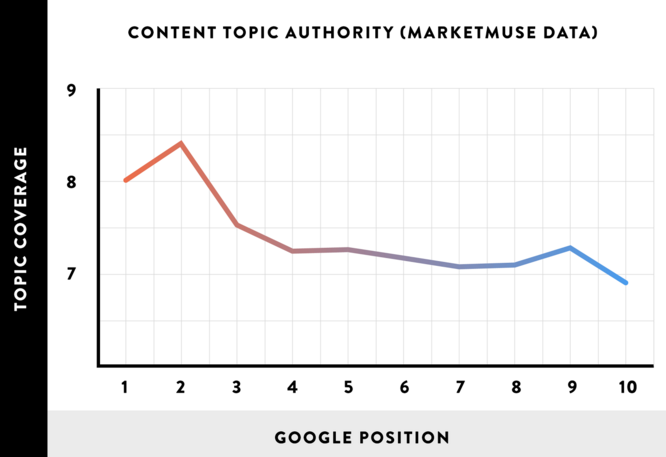
How can you use this to boost your rankings?
It’s actually pretty simple: when you write about something, focus on ONE topic. For example, in this post I’m talking about “data-driven SEO tactics”. I don’t go off on tangents on email marketing. And this focus is appreciated by the Criminally Prolific community and Big G.
This super-focused approach is something most high-profile bloggers do all the time.
For example, Neil Patels’ QuickSprout blog posts tend to take one topic and cover every inch that needs to be covered. His recent post on building a YouTube channel is a prime example of the type of thorough, focused content that you want to create.
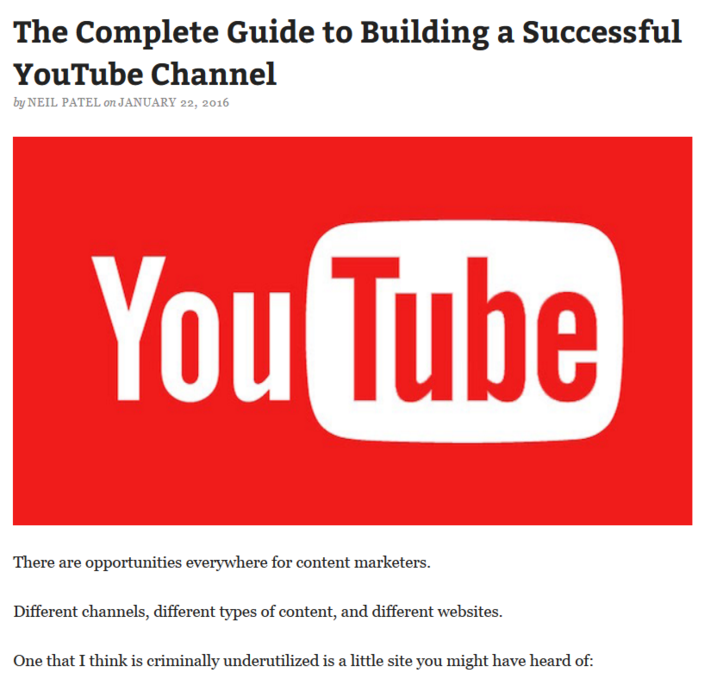
Dmitry’s pro tip: Writing long-form content (first tactic) also helps you naturally mention the words and phrases that Google wants to see.
Tactic 3: Get as many (legit) backlinks as you can
This happens to me at least once per week:
Naive Founder: “Hey Dmitry. We want to be on the cover of the New York Times. Can you help us?”
Me: “Ummm, maybe. Why don’t we start by landing you mentions on some smaller publications first.”
Naive Founder: “Sorry, we only want the New York Times. But I guess we could settle for the Wall Street Journal.”
Me: “Sorry, I don’t think we’re a good fit. Good luck with The Times.”
I totally get why you’d would want a feature and link from a mega-news site like the New York Times.
But the big problem with that is that these are literally the hardest links in the world to get. Even if you do everything right, you’re chances of getting a link from the New York Times is one and a million.
Will that link boost your rankings? Absolutely.
But according to Brian’s study, putting all of your link building eggs in one basket may be a huge mistake.
In his analysis, he found that the number of different sites linking to you was the number one ranking factor that correlated with higher rankings.
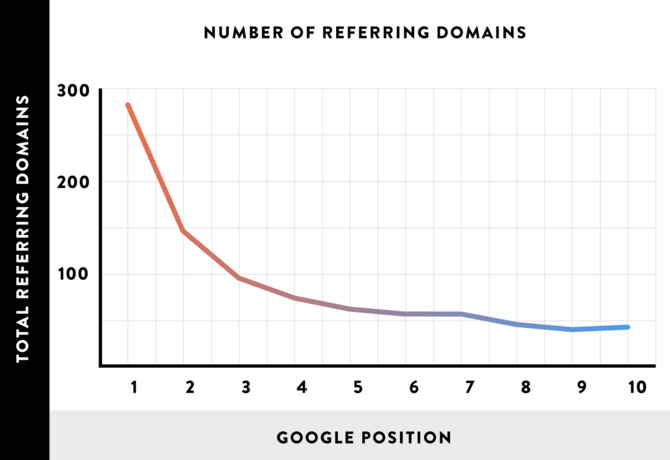
In other words, more links from different websites=higher rankings.
Fortunately, even before I saw the results of this study, I focused on getting mentions from any legitimate news outlet and blog that I could. There’s no reason to be especially picky.
In fact, I’ve published a whipping 1,300 articles.
Yes, some of these articles are on big sites like TechCrunch. But if I was too cool for some of the smaller sites on that list, I’d have 50 percent fewer referring domains than I have today. And my SEO would suffer because of it.
Obviously, this doesn’t mean that you should spam your site with a million blog comments. These links have to be legit. But the big lesson here is that you shouldn’t turn your nose up at a site just because it’s not a household name. If you can get 25 links from 25 small blogs, that’s often enough to make a dent in your search engine rankings..
Tactic 4: Make your site load insanely fast
Imagine there was an SEO ranking factor that Google came out publicly and said: “This is important”.
And imagine if they even went as far as to confirm that they used this factor in their algorithm.
Well it turns out that’s exactly what happened. Unlike many “ranking factors” that are based on myth, loading speed is legit.
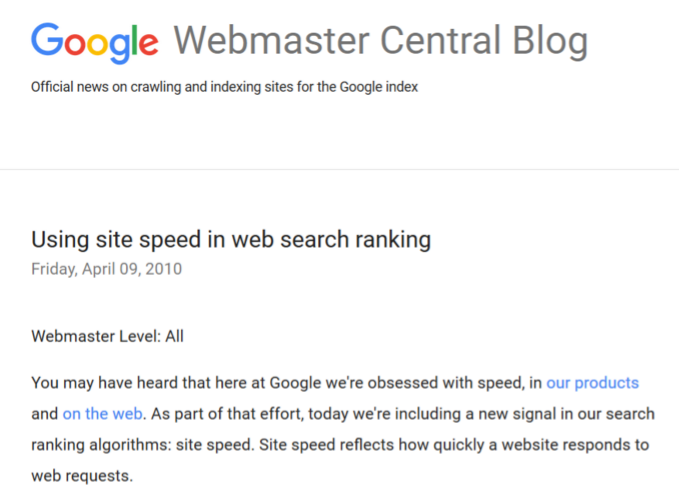
Plus, a slow-loading site can kill your conversions as well. So even if SEO isn’t a top priority for you, I hope that conversions are.
Despite these facts staring people in the face, I still see a lot of people that run sites that load like molasses. #facepalm
And the craziest part is that speeding up a slow site couldn’t be easier (especially if your site runs on WordPress).
Here are the two most important things you can do to quickly boost your site’s loading speed:
Use a Cache Plugin: These can literally halve your site’s loading speed. I recommend WP Super Cache.
Smush Your Images: You can reduce your image file size by 50 percent without a noticeable decrease in quality. WP Smush does the job nicely.
If you’re not sure where your site stands in terms of site speed, I recommend using two different tools.
First, check your site’s code using Google’s PageSpeed Insights tool.

Because this tool doesn’t test actual loading speed (just your code), I also recommend popping your site intoGTmetrix.

This site actually loads your website. That way you can see if factors like your web hosting or CDN are slowing you down.
Honestly, if you install the two plugins I recommended and fix the major issues with your code, you’ve just applied the 80/20 principle to your site speed.
Tactic 5: Use images in your content
One thing you may have noticed about my posts is that they all contain lots and lots of images.
Even though I don’t liberally use images for any sort of SEO benefit, Brian’s study found that image usage was significantly correlated with Google rankings.
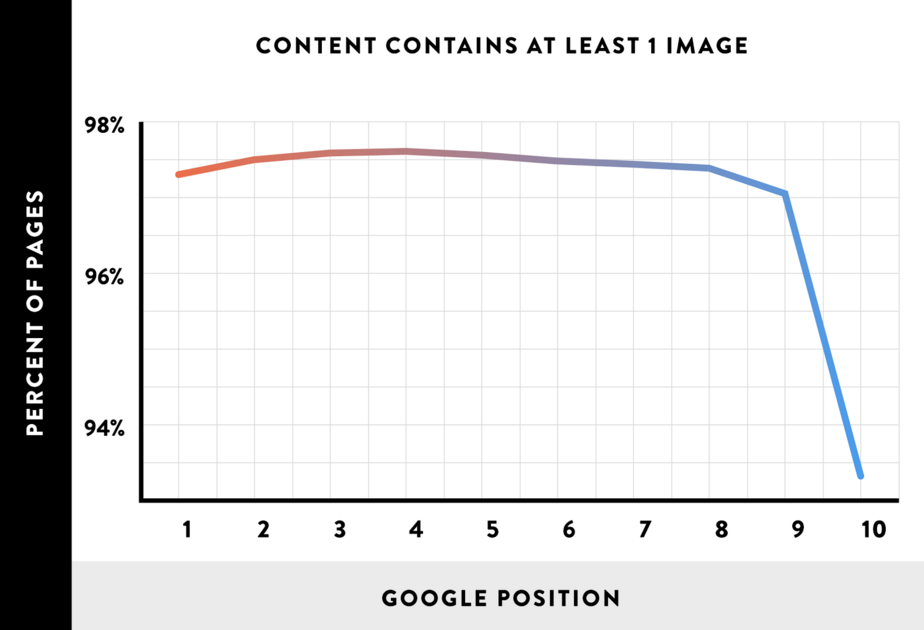
Thankfully most people use at least one image in their blog posts. So I may be preaching to the choir a little bit here.
However, I do come across posts with a grand total of zero images. And it appears that this is one mistake that can hurt your Google rankings.
In fact, in my articles here at Criminally Prolific and around the web, I tend to use an image for every 200 or so words:
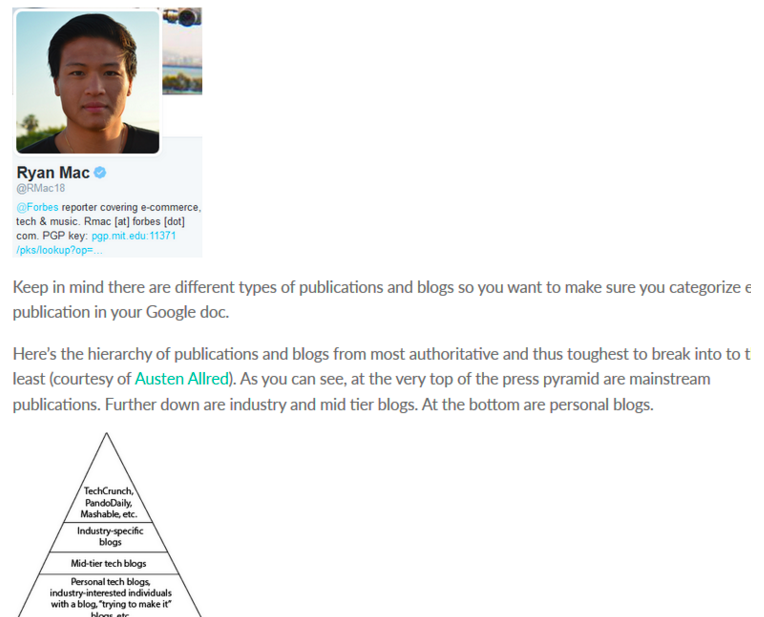
I should point out that Brian’s study found that the number of images didn’t seem to make a difference. In other words, after one image there’s a huge dropoff of diminishing returns. That being said, using a ton of images won’t hurt your SEO efforts. So it makes sense from a UX perspective to use images as often as makes sense for your site.
There you have it. Five SEO strategies that aren’t based on myth or folklore… but on real-world data. If you apply these strategies to your site I can almost guarantee that you’ll find your rankings improve. Happy SEO-ing!
➤ This post originally appeared on Criminally Prolific
Read next: How many keywords does it take to change a lightbulb: An SEO survival guide
Get the TNW newsletter
Get the most important tech news in your inbox each week.
